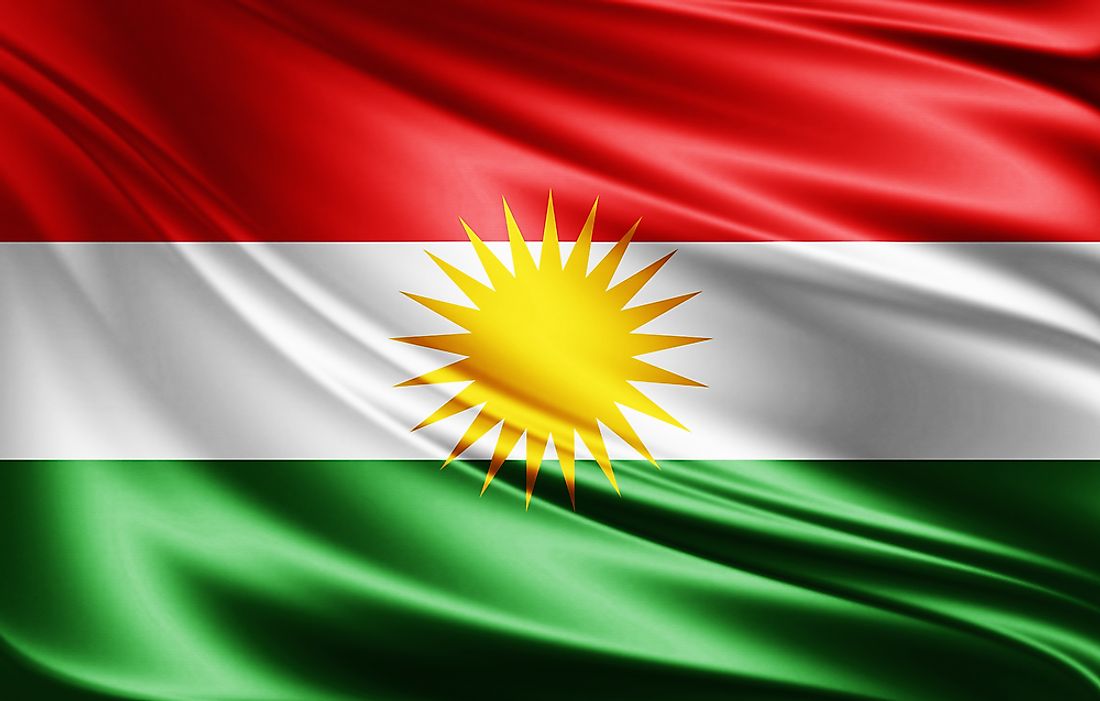The Kurdish People - Cultures around the World

5. Description
The Kurdish people refers to an ethnic group in the Middle East. They constitute an indigenous population that occupy the Mesopotamian region spanning the borders of Turkey, Syria, Iraq and Armenia. Even though the Kurds are a mixed group practicing different religions and creeds, the largest proportion of the Kurds' population practices Sunni Islam. The Kurds speak the Kurdish language, which has been recognized as one of the official languages of Iraq, and serves as a regional language in both Iran and Armenia, where it has only a minority status. During the early part of the 20th century, the Kurds made efforts to establish a separate land, Kurdistan, for their own community. Things looked hopeful after World War I especially when, in 1920, a provisioning for a state ruled by the Kurds was included in the Treaty of Sevres. However, such hopes were only short lived as when the Treaty of Lausanne set the boundaries of Turkey in 1923 it completely left out the possibility of formation of an independent Kurdish State.
4. Architecture
Traditional Kurdish village homes are simple and small, often constructed of mud walls and wooden roofs. Nonetheless, the extents of Kurdish architecture are not limited to such ordinary homes, and are in fact associated with a number of marvellous engineering masterpieces. The Dicle Bridge is an example of an early Kurd construction which was constructed over the Tigris river in AD 1065 at the command of an ancient Kurdish ruler. In the 12th and 13th Centuries, some famous Kurdish architectural wonders were conceptualized and constructed, taking shape in the Citadel of Cairo, the Halil-ur-Rahman Mosque, and the Citadel of Aleppo alike. Another important building created by the ancient Kurds was the pilgrimage site for Yezidis, in Lalish, with its unique structures and iconic conical roofs. In later centuries, a number of palaces, mosques and bridges were constructed by the Kurdish people and their rulers, many of which are either in ruins from age and warfare or have otherwise been destroyed by the opponents of the Kurdish Culture at large. The Hosap Castle and Sherwana Castle are examples of elegant architectural buildings established in the 17th and 18th Centuries, respectively. The Kurds can also boast of the Ishak Pasha, another famous architectural building, considered to be one of the greatest in all of the Anatolia Region. Ishak Pasha holds 100 rooms, ranging from mosques to dungeons, and it took almost a century to complete the building.
3. Cuisine
Kurdish cuisine incorporates an abundance of fresh herbs and vegetables. Lamb and chicken are the staple meats consumed most heavily, but beef is also favored by many Kurds. A wholesome Kurdish breakfast often comprises of toasted bread topped with honey and yogurt, and served with black tea. The staples of their diets consist of rice or flat breads (naan), and are often accompanied by delectable side dishes. 'Kebabs' of meat are especially popular, just as are meat stews prepared with meat broths or tomato sauces. Meat-filled dumplings, or 'koftas', are also eaten as a delicacy by the Kurds. During special occasions such as the Nawroz New Year holiday, the Kurds prefer to consume 'yaprakh' which is a traditional dish consisting of simmered rice, meat, and herbs served upon a leaf.
2. Cultural Significance
The Kurds have a very rich cultural heritage, and have contributed significantly towards the enrichment of the global cultural repertoire by means of their impressive works of literature, art and craft, music and dance, architecture, and sports alike. The Kurdish art of weaving is quite famous globally, with a high existing world-wide demand for Kurdish rugs, carpets and bags. Most famous among these products are the Bijar rugs, which are also referred to as the ‘Iron rugs of Persia’ due to the durable nature of these products. Besides such rugs and carpets, other Kurdish handicraft items like chess boards, Kurdish blades with their distinctive I-shaped hilt, jewelry and instruments are also highly coveted as well. The Kurds lead a very family-oriented lifestyle, and they establish hierarchies through patriarchal family lines. This being said, Kurdish women freely associate with men, and are even known to fight in battle alongside their male counterparts.
1. Threats
The Kurds have made repeated attempts in the past to establish their own separate state across their homeland. However, every attempt to establish this state has been met with disaster. The Kurds thus are treated as minorities in most countries occupied by them and, at several points in history, their culture and identity has been under threat from their opponents in these countries. In some places, Kurds have suffered from suppression and denial of basic rights, even outright massacre, and the situation of the Kurds still appears to be precarious in many of these countries.











